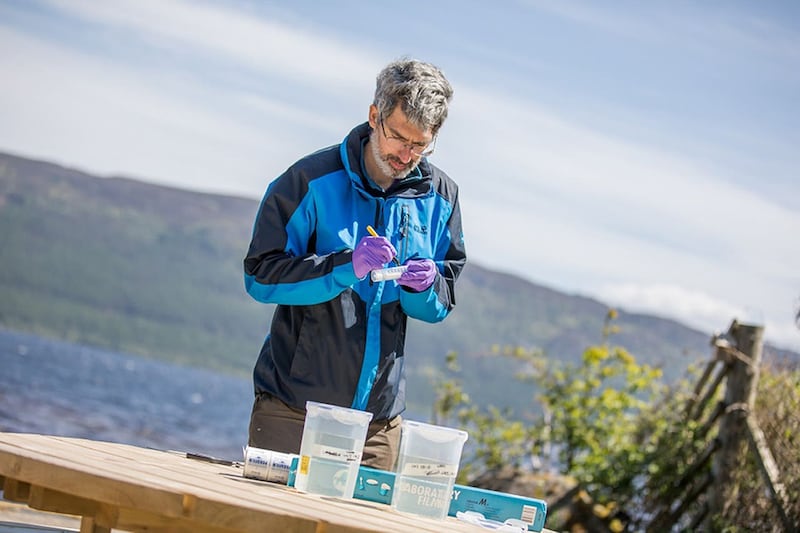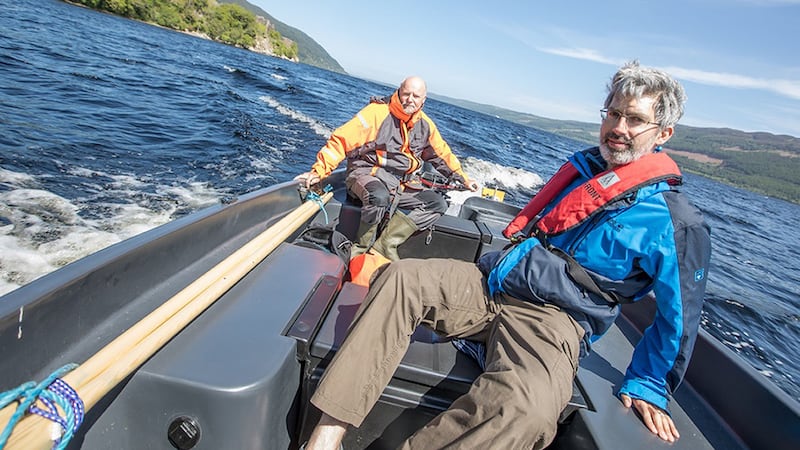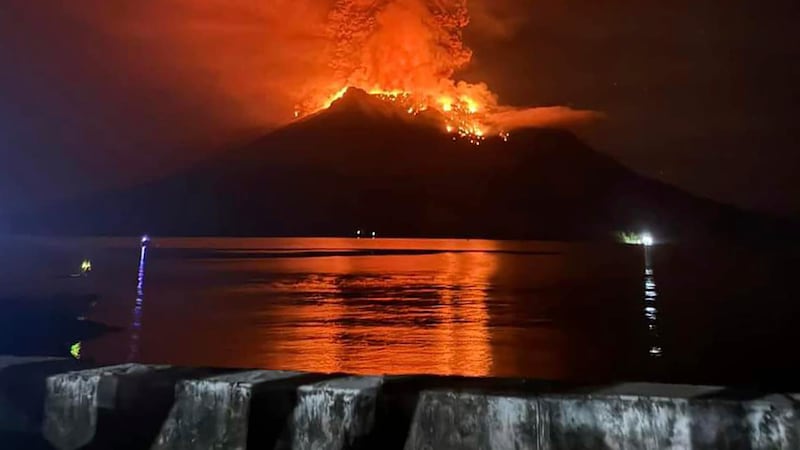Scientists could finally solve the mystery of the Loch Ness monster as they carry out a thorough investigation of the loch’s waters.
A global team of scientists, known as the Super Natural History team, will use environmental DNA (eDNA) sampling of the waters to identify tiny DNA remnants left behind by life in the Highlands loch.
They will then establish a detailed list of all life living in Loch Ness and make comparisons between it and several other lochs to find if it differs from other sites.
As creatures move through the loch, they leave tiny fragments of DNA through their skin, scales, feathers, fur, faeces and urine.
In June 2018, an international team of scientists will explore the murky and mysterious waters of Loch Ness using the latest DNA sequencing tools. Welcome to Loch Ness and the epic adventure that is #lochnesshunters. pic.twitter.com/VrnN1Uk2gQ
— Neil Gemmell (@ProfGemmell) June 4, 2018
The study is being led by Professor Neil Gemmell of the University of Otago, New Zealand.
He said he will be surprised if there is any evidence of DNA sequences similar to those likely to come from a large extinct marine reptile, the so called “Jurassic hypothesis”, but is open minded about what they might find.
He said: “Large fish like catfish and sturgeons have been suggested as possible explanations for the monster myth and we can very much test that idea and others.
“While the prospect of looking for evidence of the Loch Ness monster is the hook to this project, there is an extraordinary amount of new knowledge that we will gain from the work about organisms that inhabit Loch Ness – the UK’s largest freshwater body.”

Professor Gemmell has assembled a team of global science leaders from the UK, Denmark, US, Australia and France, as well as Adrian Shine of the Loch Ness Project.
The team is carrying out its investigation at the loch this month.
VisitScotland said the Nessie phenomenon is worth millions to the Scottish economy, with hundreds of thousands of visitors travelling to Loch Ness and Drumnadrochit every year to catch a glimpse of the mythical monster.
Chris Taylor, VisitScotland regional leaderships director, said: “The mystery and the intrigue of the Loch Ness monster attracts visitors from all over the world to the stunning area every year.

“It is exciting to welcome Professor Gemmell and his team to the loch and we will be eagerly anticipating their findings.
“While the research could provide an insight into one of the world’s most famous enigmas, it will certainly offer a closer look at all of the different creatures living in the loch.”
Unusual items previously found in the loch include a 30ft long Loch Ness monster model discovered on the loch bed in 2016 during a sonar search by Kongsberg Maritime and supported by The Loch Ness Project and VisitScotland.
The model was a prop from the 1970 film The Private Life of Sherlock Holmes, directed by Billy Wilder and starring Robert Stephens and Christopher Lee. It is believed the model sank after its buoyant humps were removed.








